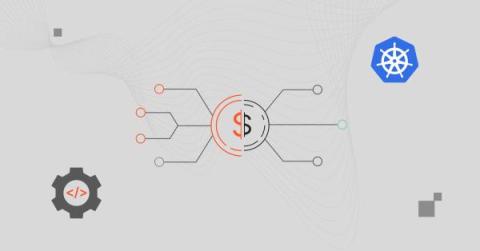Kubernetes Alerting: 10 Must-Have Alerts for Proactive Monitoring
Running a Kubernetes cluster includes keeping an eye on it to make sure your apps and services are healthy. You don’t want to be staring at a bunch of Kubernetes dashboards all day, though. You want to set up kubernetes alerting with appropriate alerts instead, right? With k8s alerts, you will spot problems quickly in your Kubernetes cluster and hopefully fix them quickly as well. But what should you alert on? Here are the top 10 most important alerts you should set up for your Kubernetes cluster.











